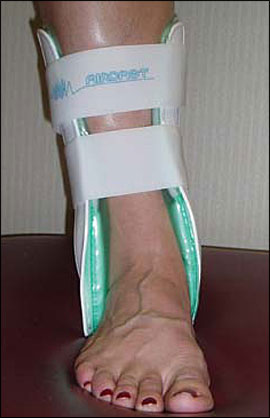
Braces and Splints for Musculoskeletal Conditions
5 (265) In stock

5 (265) In stock
Braces and splints can be useful for acute injuries, chronic conditions, and the prevention of injury. There is good evidence to support the use of some braces and splints; others are used because of subjective reports from patients, relatively low cost, and few adverse effects, despite limited data on their effectiveness. The unloader (valgus) knee brace is recommended for pain reduction in patients with osteoarthritis of the medial compartment of the knee. Use of the patellar brace for patellofemoral pain syndrome is neither recommended nor discouraged because good evidence for its effectiveness is lacking. A knee immobilizer may be used for a limited number of acute traumatic knee injuries. Functional ankle braces are recommended rather than immobilization for the treatment of acute ankle sprains, and semirigid ankle braces decrease the risk of future ankle sprains in patients with a history of ankle sprain. A neutral wrist splint worn full-time improves symptoms of carpal tunnel syndrome. Close follow-up after bracing or splinting is essential to ensure proper fit and use.

Carpal tunnel brace: 7 to consider

Which Knee Support & Brace for Arthritis Pain?
Good Support - strong elastic sleeve supports the entire knee area and helps improve circulation, reduce swelling, relieve discomfort, and helps to

Knee Brace Flexible Stays Knit Elastic, White, Medium
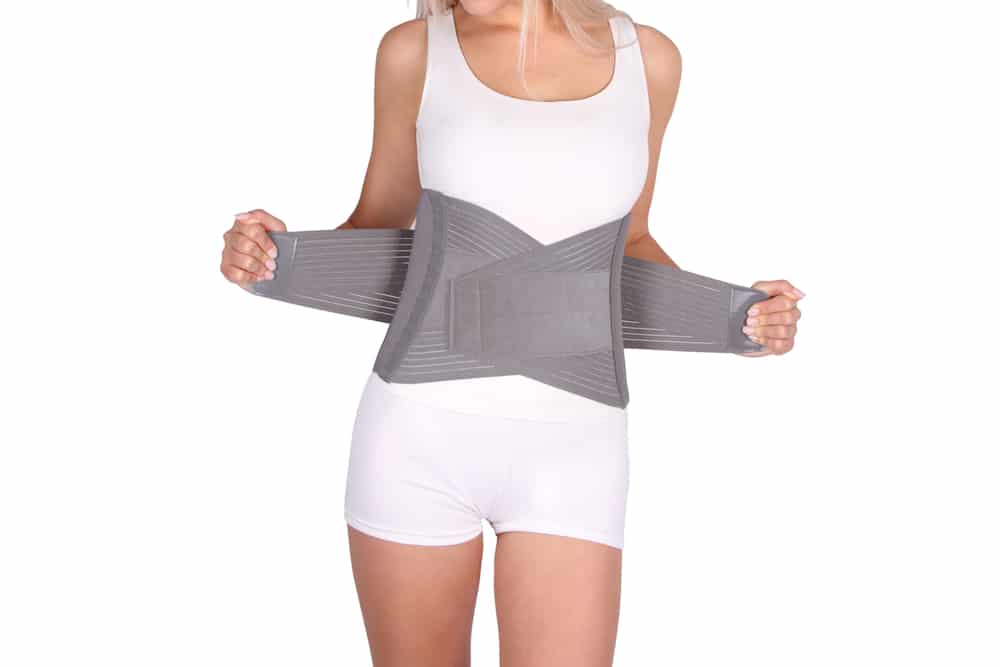
Types of Best Practice Bracing for Musculoskeletal Pain
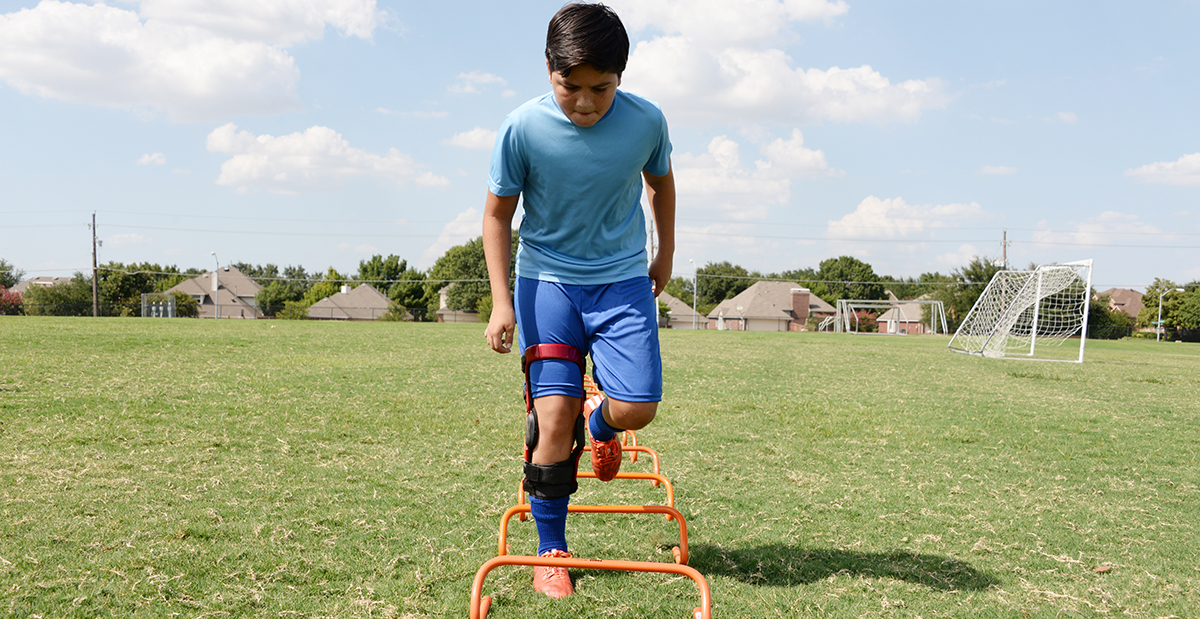
To Brace or Not to Brace? And Other Bracing FAQ's in Pediatric Sports Medicine
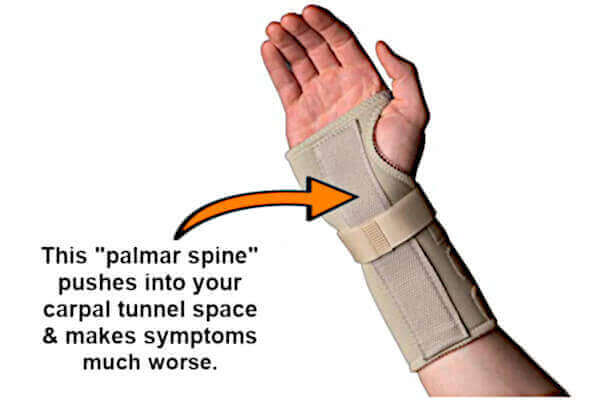
How to Choose a Wrist Brace for Carpal Tunnel

Our Favorite Mallet Finger Splints

Orthopedic Braces, Support Casting and Splints Market Share, Upcoming Trends, Size, Key Segments, Growth Status and Forecast 2028

Braces and Splints in Richmond Hill

Common Treatments for Musculoskeletal Disorders: Part III
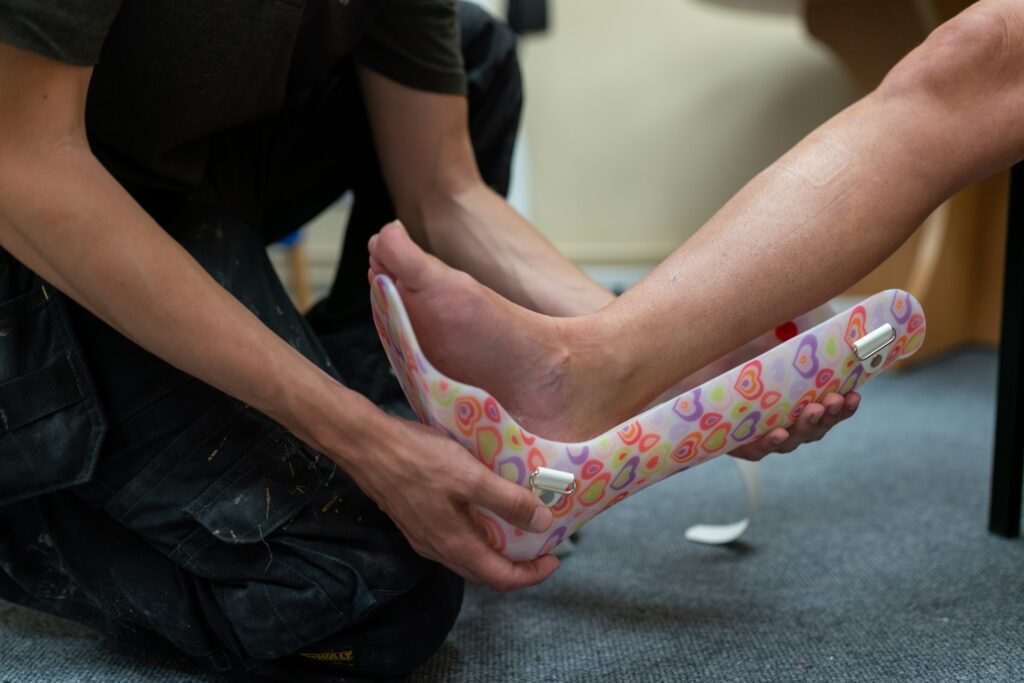
A Professional Guide for Everyone wearing an Ankle-Foot Orthosis (AFO)